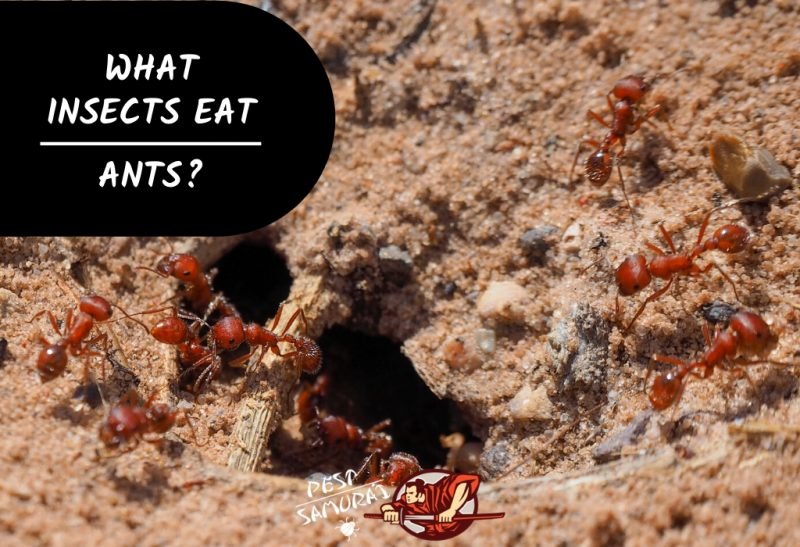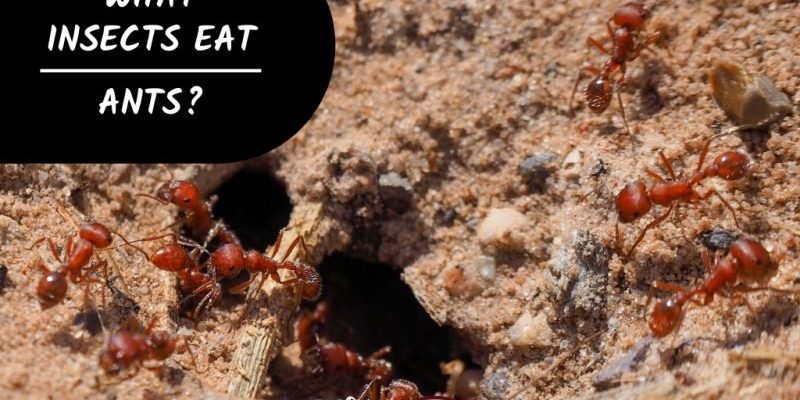
Now you might be wondering, what exactly threatens these ants? From the skies above to the ground they roam, there are numerous risks they encounter every day. In this article, we’ll dive into the different predators and threats to fire ants, shedding light on this intriguing aspect of their existence.
The World of Fire Ants
Understanding fire ants starts with recognizing their unique social structure. These ants live in colonies that can number anywhere from a few hundred to millions. They build expansive underground nests, which serve as their headquarters. Given their fierce nature, fire ants are not only a nuisance but play a significant role in the ecosystem, controlling pests and even aerating the soil.
They’re known for their aggressive behavior, especially when their nest is threatened. Fire ants can swarm and attack, injecting venom that causes painful stings. But despite their tenacity, they aren’t invincible. Even the toughest soldier has to watch out for lurking dangers.
Predators of Fire Ants
Despite their reputation, fire ants are not at the top of the food chain. Various predators see them as a tasty snack. Here are some of the main enemies that threaten fire ants:
- Birds: Many birds, like the red imported fire ant and the starling, will forage in their nests. Birds have been known to raid colonies, pecking at the ants and eating both adults and larvae.
- Frogs and Toads: Amphibians can also pose a threat. Some species are quick enough to snag ants as they scurry to and from their nests.
- Spiders: Certain spiders, especially larger orb-weavers, have been known to capture fire ants in their webs, providing them a meal.
- Other Insects: Larger predatory insects, like dragonflies or even other ant species, will occasionally attack fire ants. Can you imagine an ant battle royale? It’s not pretty!
Fire ants must always be alert to survive these encounters. They have developed various behavioral adaptations, such as forming defensive swarms that can deter would-be attackers.
Environmental Threats to Fire Ants
Fire ants also face environmental challenges that can threaten their colonies. These can range from weather changes to habitat destruction.
One significant threat is extreme weather conditions. Heavy rains can flood fire ant nests, washing away entire colonies. On the flip side, excessive heat can dry out their underground homes, forcing them to relocate in search of moisture.
Another factor is habitat destruction. Urban development and agriculture can reduce the areas where fire ants thrive. When their food sources diminish, these colonies struggle to survive. Fire ants are opportunistic feeders, but if there isn’t enough sustenance, they can’t sustain their colony.
Lastly, pesticides used in agriculture can have devastating effects. While fire ants might be resilient, exposure to chemicals can decimate populations. It’s a double-edged sword, as these same chemicals might target other pests but also harm beneficial insects like fire ants.
Parasites That Target Fire Ants
Fire ants aren’t just battling predators; they also have to deal with a range of parasites that can disrupt their colonies. Some notable examples include:
- Fungi: Certain fungi can infect fire ants, leading to their demise. These fungi thrive in the damp environments of their nests, and a single infected ant can spread spores throughout the colony.
- Scarab Beetles: These tiny black beetles often invade fire ant nests, consuming larvae and disrupting the colony’s growth.
- Ophidians: Certain snakes have been observed targeting fire ant nests. They may eat the ants themselves or consume the larvae within.
Parasites are sneaky. Just when fire ants think they’re on top of their game, these little foes can wreak havoc and weaken their numbers. Colonies often exhibit behaviors to combat these threats, such as grooming members to remove fungal spores.
The Role of Competition
Fire ants often face competition from other ant species, which can threaten their survival. In a world full of competitors, it’s essential for fire ants to maintain their territory. Some aspects of competition include:
- Resource Competition: When food is scarce, other ant species may invade fire ant territories, leading to skirmishes over resources. This can diminish food supplies crucial for survival.
- Nest Raiding: Some ant species will raid fire ant nests to steal larvae, significantly impacting their population growth.
- Invasion of Non-Native Ants: Pests like the Argentine ant can take over areas where fire ants thrive, pushing them out of their preferred habitats.
Competition can be fierce, and fire ants must constantly adapt their strategies to thrive. Colonies often work together to defend their territory, but the presence of stronger competitors can drastically change the dynamics of their existence.
Human Impact on Fire Ant Populations
Humans have a significant influence on fire ant populations, sometimes acting as both protectors and threats. While some methods aim to control fire ant populations, others help them thrive.
One common method is pesticide use. Many people resort to chemical controls to manage fire ant problems. However, these chemicals can disrupt not only the fire ants but also the broader ecosystem. It’s important to consider the long-term effects on both beneficial insects and the environment.
On the flip side, research and conservation efforts help understand fire ants and their role in the ecosystem. For example, some studies focus on biological controls, like introducing natural predators that target fire ants without harming other species.
Human actions can create a ripple effect, impacting fire ants and their habitats. Recognizing this can help promote better coexistence between humans and ants.
Fire ants face numerous threats, from predators and parasites to environmental challenges and human impacts. However, their resilience is impressive. These tiny warriors adapt and evolve to survive against the odds.
As they navigate their complex world, fire ants remind us of the delicate balance in nature. By understanding the threats they face, we can appreciate their role in the ecosystem and promote practices that support their survival.
Next time you see a fire ant, remember: there’s more to their story than just their painful sting. They’re fighters, constantly battling against the world around them. And perhaps we can learn a thing or two from their determination!

